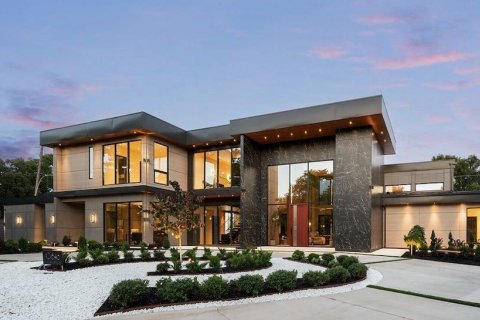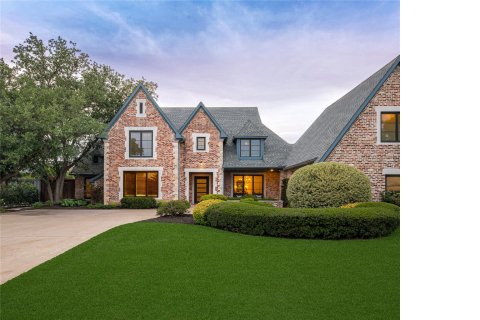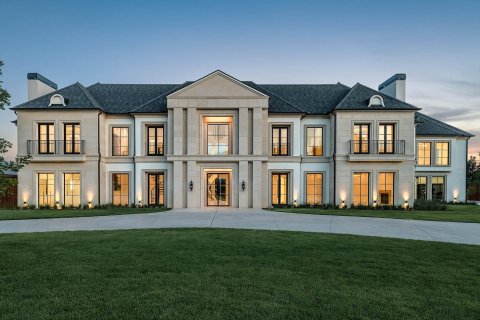Houston’s Under-the-Radar Art Havens — 5 Spots You Need to See: Hidden Murals, Tunnels of Wonder and Much More
BY Annie Gallay // 04.19.18More than 300 artists have contributed to Smither Park. (Photo by The Orange Show.)
Anyone in Houston looking to paint the town red while getting a little culture in knows exactly where to start: murals. Houston’s mural scene has exploded over the last few years, with daring new public pieces springing up all over town. Montrose is particularly painted, with stunners like the Biscuit Paint Wall. The bright background isn’t for drips, and you’ll see a collective of Houstonians and tourists alike staging photos at the wall.
The bold beauties are the first thing that pop into mind when you think of public art in Houston. But you shouldn’t overlook all the the other outdoor, accessible art the city has to offer. Houston artists are committed to engaging with its citizens. It’s only right that we take part in the conversation.
PaperCity has rounded up some of these under-the-radar, or at least off-the-beaten-path works of wonder. Think rotating installations in converted row houses, murals hidden in a train tunnel and more. Check out these more hidden public art spots to get to know Houston, and maybe yourself, a little better.
Smither Park
The Orange Show Center for Visionary Arts’ work has been hands-down iconic. The organization has turned things upside down, from a house made of beer cans to the most charming traffic jam ever — the annual Houston Art Car Parade.
Its lesser-known Smither Park is every bit as creative —and ambitious. The expansive, whimsical park is a literal concrete jungle. It’s a hidden gem, with bits of jewel-tone glass and tiles, and found and recycled objects of all kinds, making up a massive mosaic work.
More than 300 artists have contributed to the park, blending elements like seashells and broken mirrors, since ground broke back in 2011. They’ve worked to cover inch after inch of concrete and the memory wall, meditation area, covered pavilion, interactive sculpture, swings and amphitheater.
It’s a glittering, shattered masterpiece. And there’s more where it came from.
“We still think there’s a few years left of work to be done before the park is complete,” The Orange Show’s Jonathan Beitler says. “Eventually every piece of concrete in the park, including the sidewalks, will be covered in mosaic.”
Smither Park is interactive and community-driven, with guests invited to watch artists work live on Saturday afternoons. It makes sense, if you think about it: artwork made whole from individual pieces, the park made up of individual artists and supporters.
“It showcases creativity among our local artists — and the community itself,” Beitler says.
If ogling isn’t enough, you can rent Smither Park out for a private event.
Destination Mound Town
Emerson tells us it’s not the destination, but the journey. With Hermann Park’s mesmerizing train tunnel, it’s both. Destination Mound Town is a delight all its own, a three-part mural, an acid dream of characters inspired by the Muppets, with a solid splash of Willy Wonka.
“I wanted to give it that kind of carnival-esque atmosphere,” artist Trenton Doyle Hancock says. He channeled his vision into separate 30-foot long murals. He took the dynamic aspect of the project, the fact that it would only be seen in swift motion, into account.
Visitors pass by the morning mural first, then glide through midday before sailing through nighttime.
The psychedelic palette evolves from starburst of primary colors to stark black and blue, but every portion shares in highly stylized animals and creatures. The murals are both bold and meticulously detailed, featuring a knotty-skinned triceratops, a long twisting earthworm, a mighty blue gorilla and an owl with a Wise Guy T-shirt, likely inspired by nearby Rice University.
It’s a dizzying array of characters painted in a thoughtful jumble. There are even three-dimensional elements. Cut-outs of all different flowers, their petals unfurled or drooping, are staggered in the space in front of the murals, along with beetles and other critters.
One section even features a train, surrounded by bold-lettered CHOO CHOOs. You can only view Destination Mound Town by the train that lazily laps the zoo, HMNS and Miller Outdoor Theater. It’s all part of the neighborhood.
“I think having thought-provoking things, not just here in the park, but all around the city, it’s very important,” Hancock says. “It’s a way to say, ‘We are here.’ ”
Project Row Houses
This inspired arts organization is intrinsically tied to its home, the Third Ward. Seven African-American artists launched the creative community 25 years ago. Their vision transformed a row of dilapidated shotgun houses along Holman into vibrant arts venues that defy conventional exhibition definitions.
Exhibition space typically refers to a traditional, formal white cube, Project Row Houses curator Ryan N. Dennis notes. At Project Row Houses, the exhibitions are called “rounds,” and they’re extremely informal and open-ended.
“They’re very diverse,” Dennis says. “The beautiful thing about the installations is that those houses transform to include films, paintings, sculpture, photography. All different types of mediums exist there.”
At Project Row Houses, “a lot of the conversation we’re having in the Third Ward is on a socio-political, economic front,” Dennis says. The art allows for public intervention, which “is very meaningful. And it is necessary,” Ryan argues.
Project Row Houses allows Houstonians to reconnect with the city’s cultural richness, to historical references that aren’t always highlighted at the forefront, she adds. “The Third Ward has its own rich history engaging with the people. People are the heart of this neighborhood and the heart of this city,” Ryan says.
Much of the art — from stunning black and white photography featuring urban living, to conceptual installations of intersecting threads in all different colors— reflects the diversity and importance of cultural identity.
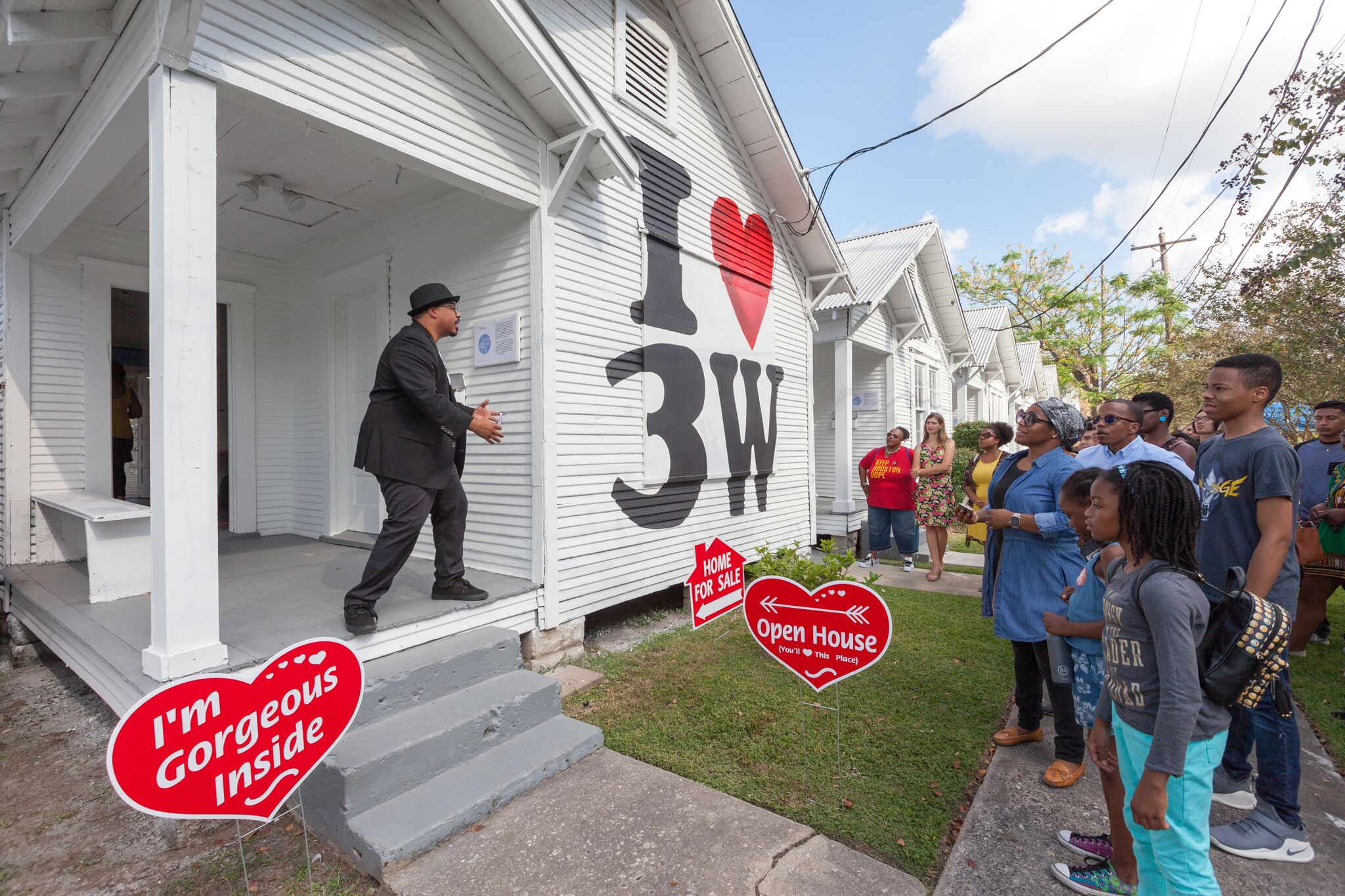
Heights Boulevard Sculpture Project
This one may not be as under the radar, but it’s ever changing. The curated sculpture collection extends from the 400 to 1800 blocks of the esplanade. The pieces rotate out every year, adding new life and color to the already-vibrant Heights art scene. It was intended as a temporary installation, but residents just couldn’t get enough.
Past sculptures include jumbo-sized lawn chairs, a winged woman with feathers made of dipped paintbrushes, a hot pink horny toad and a house either sinking into the ground or rising up from it.
Redbud Gallery owner Gus Kopriva and arts activist Chris Silkwood came up with the idea six years ago. “We wanted to enrich people’s lives, bring a smile to their face,” Kopriva says.
The project was handed to the Houston Heights Association this year. The 2018 collection is called “Obstacle Art Path,” because passersby can’t help but stop to take photos, and drivers even pull over to get a better look.
Culture is a key part of Houston’s very identity as a growing power city. “Art is partly why people end up falling even more in love with Houston,” Kenny Terrell of Boulevard Realty says.
Kopriva’s on the same page. “A world without art — it’s just oh my lord, I can’t imagine living like that,” he says. “Without art, music, literature, visual art. It would be impossible to live, almost. It would be boring.”
The Eclectic Menagerie Park
Get ready for the ride of your life. The Eclectic Menagerie Park, just off Bellfort and 288 South, is the drive-by, open-air art museum you’ve never heard of. It’s beauty in the unlikeliest of places.
The collection of handmade sculptures, ranging from an open-mouthed hippo to a huge spindle-legged spider, dot the periphery of a pipe yard. The Rubenstein family, of the Texas Pipe & Supply Company, founded the surreal project back in 2000.
“Installation began in the early 2000s, when Jerry wanted to share his love for art,” Fay Adams says. “The very first phone call was from the Houston Zoo, inquiring if were opening a zoo. We were flattered, but no.”
Many of the pieces were made by the local artist, contractor and designer Ron Lee and the light metals artist Mark Rankin. Since Lee passed away, Robert Bacon with Tatu Metal Art has completed stainless steel pieces.
As you sail down 288 South, turn your head to the right and you’ll take in the flat, grassy plain punctuated with an impossibly high fishing pole that’s hooked a full-size, red convertible, a rusted stegosaurus and a steel owl with metal-feathered wings outstretched.
For those who want to do more than whizz by, Texas Pipe & Supply offers guided tours. Call and ask for Adams, and she’ll walk you through the park. Selfie opportunities abound.







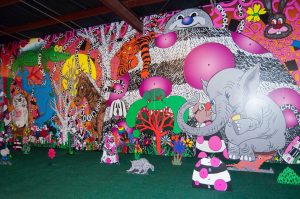


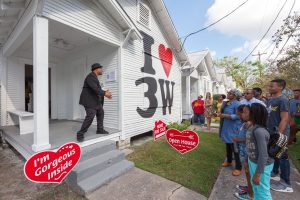








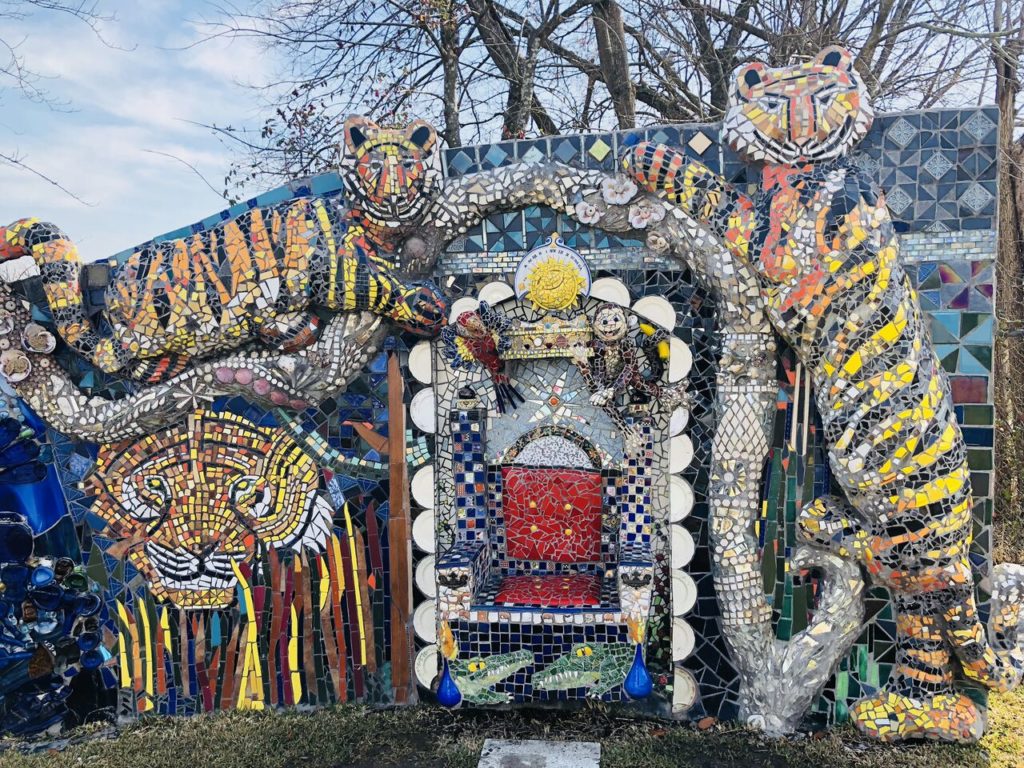





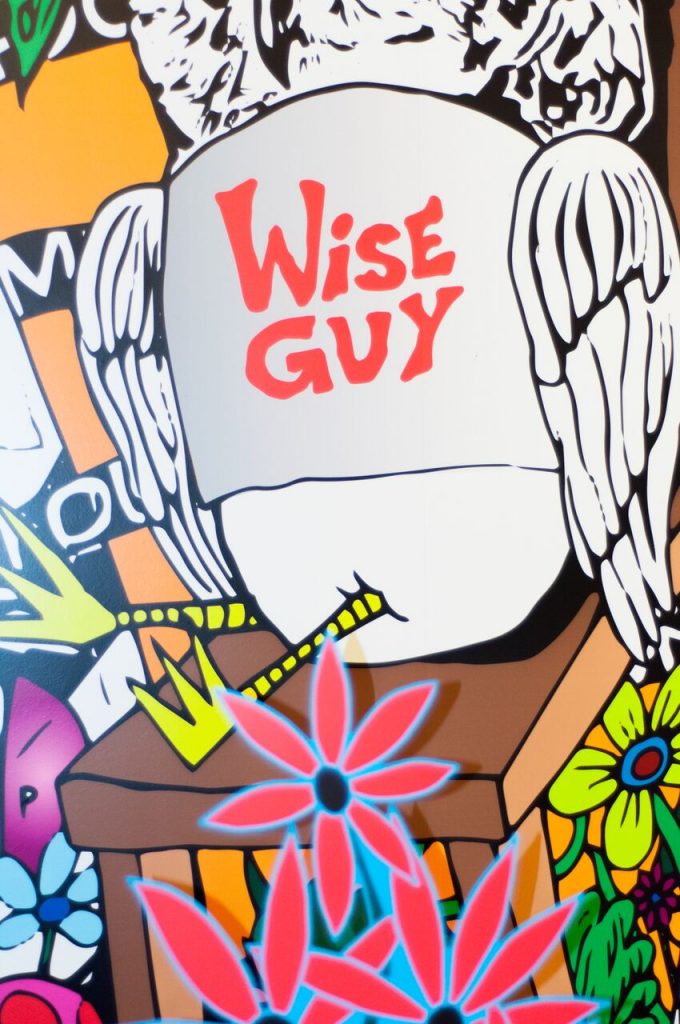



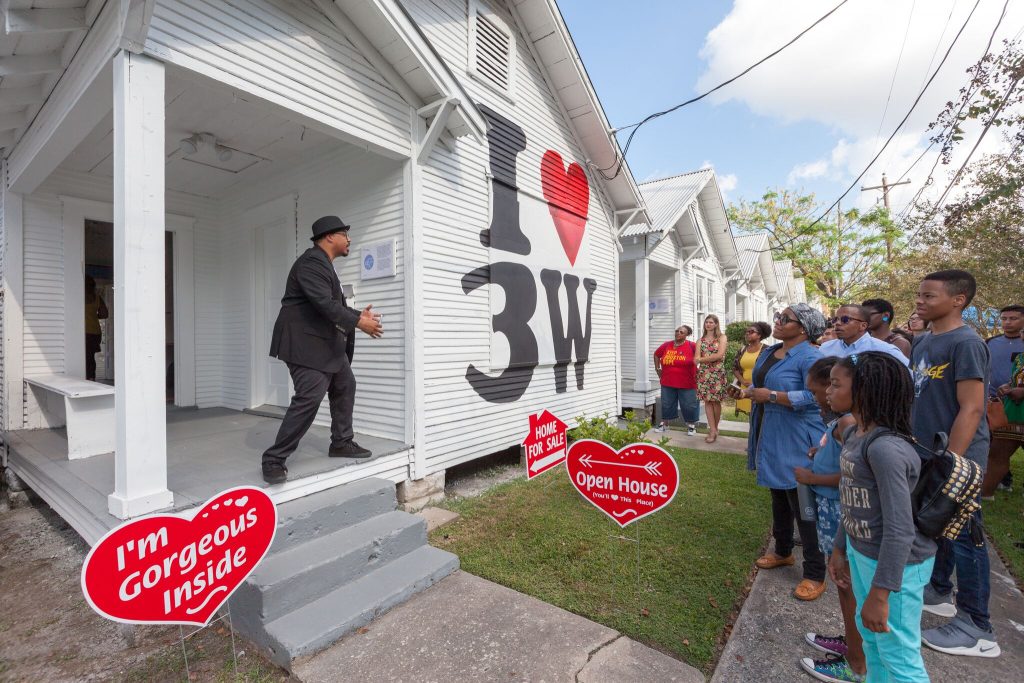















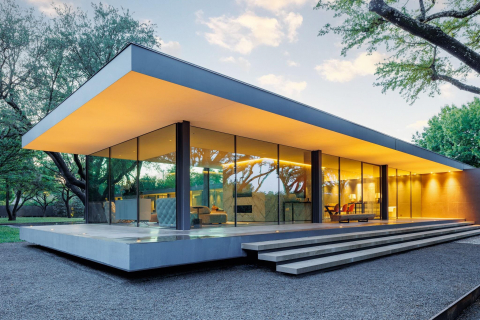

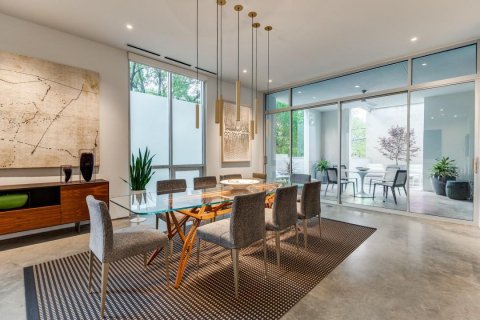




_md.jpeg)

